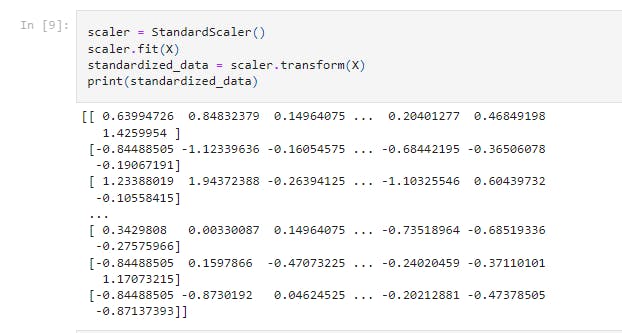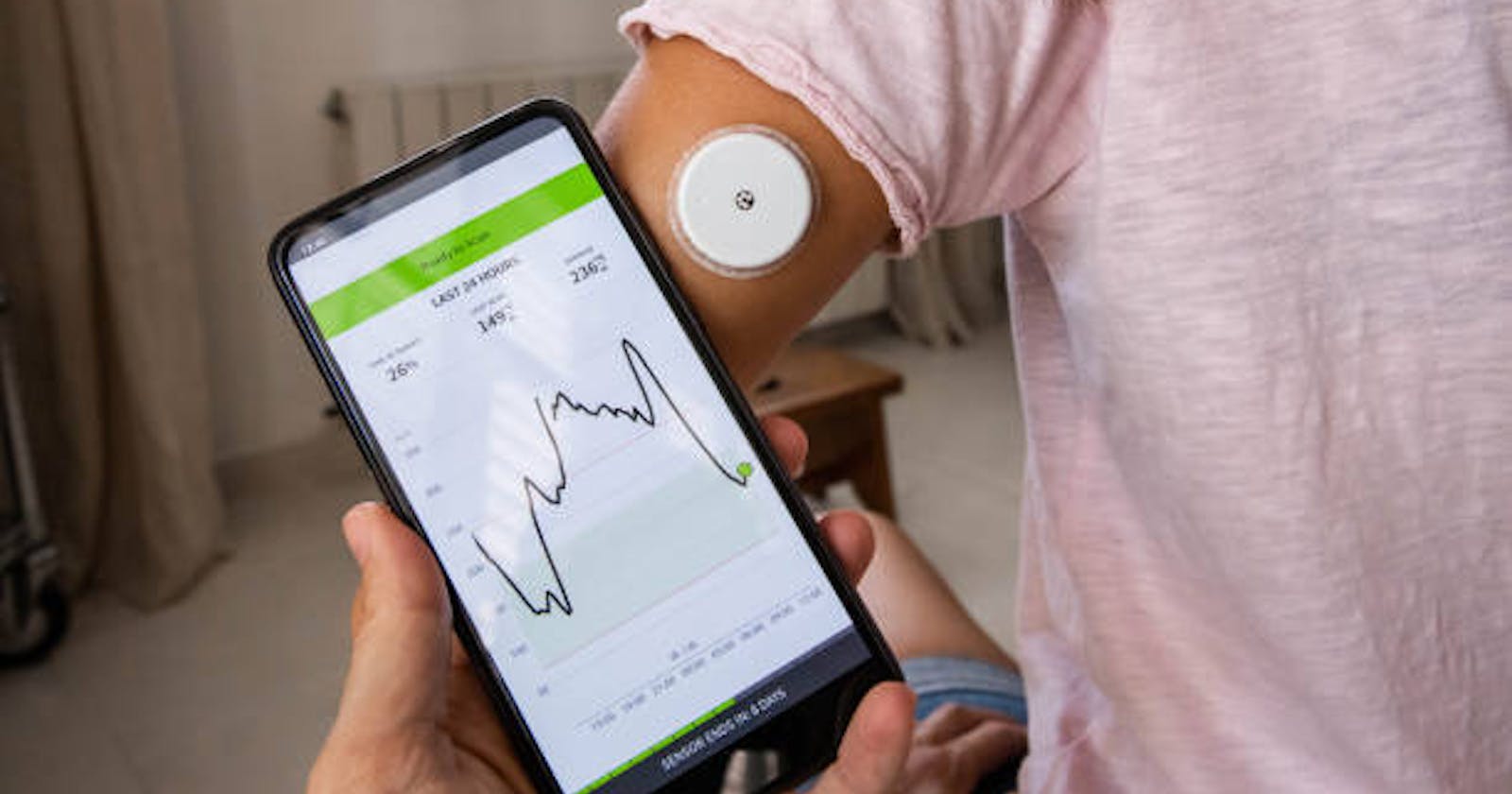Project 2 - Diabetes Prediction using Machine Learning with Python
My Machine Learning Beginner Projects, Entry 2.
I am Salim Olanrewaju Oyinlola. I identify as a Machine Learning and Artificial Intelligence enthusiast who is quite fond of making use of data and patterns to develop insights and analysis.
In my opinion, Machine learning is where the computational and algorithmic skills of data science meets the statistical thinking of data science. The result is a collection of approaches that requires effective theory as much as effective computation. There are a plethora of machine learning model, with each of them working best for different problems. As such, I believe understanding the problem setting in machine learning is essential to using these tools effectively. Now, the best way to UNDERSTAND different problem settings is by PLAYING AROUND with different problem settings. That is the genesis behind this writing series - My Machine Learning Projects. Over the course of this writing series, I would solve a machine learning problem daily. These problems will range from a plethora of fields whilst requiring and covering a range of models. A link to my previous articles can be found here.
Project Description: This is a classification problem that uses a set of eight medical attributes to determine/predict if a patient is diabetic or not.
URL to Dataset: Download here
Line-by-line explanation of Code
import numpy as np
import pandas as pd
from sklearn.preprocessing import StandardScaler
from sklearn.model_selection import train_test_split
from sklearn import svm
from sklearn.metrics import accuracy_score
The block of codes above imports the third party libraries used in the model.
import numpy as np imports the numpy library which can be used to perform a wide variety of mathematical operations on arrays.
import pandas as pd imports the panda library which is used to analyze data.
from sklearn.preprocessing import StandardScaler imports the StandardScaler function from sklearn's preprocessing library. It standardizes features by removing the mean and scaling to unit variance.
from sklearn.model_selection import train_test_split imports the train_test_split from sklearn's model_selection library. It is used in spliting arrays or matrices into random train and test subsets.
from sklearn import svm imports the Support Vector Machine (SVM) Machine Learning model from the sklearn library. This model will be used in training the model.
from sklearn.metrics import accuracy_score imports the accuracy_score function from sklearn's metrics library. This model is used to ascertain the performance of our model.
- The Support Vector Machine(SVM) is a supervised machine learning algorithm used for both classification and regression. This problem is a classification problem.
salim_diabetes_dataset = pd.read_csv(r'C:\Users\OYINLOLA SALIM O\Downloads\diabetes.csv')
This reads the content of the used dataset which is in .csv format. The header is set as none, as such, we do not see the name of each property of the dataset.
salim_diabetes_dataset.head()
This displays the first five rows of the dataset for better understanding of the dataset.

The x properties are as follows:
Pregnancies: The number of months of pregnancy of the patient (if applicable).Glucose: Glucose levels in patient.BloodPressure: Blood Pressure of the patient.SkinThickness: The skin thickness of the patient.Insulin: Insulin level of the patient.BMI: The Body mass index, or BMI, is a measure of body size. It combines a person's weight with their heighDiabetesPedigreeFunction: It provides some data on diabetes mellitus history in relatives and the genetic relationship of those relatives to the patient.Age: The age of the patient.
salim_diabetes_dataset.shape
This line of code returns the number of rows and columns in this dataset. It is seen that the data is (768, 9)
salim_diabetes_dataset.describe()
This displays the statistical measure of the data (i.e. the mean, median, max, min 25th, 50th, 75th percentile values etc.)

salim_diabetes_dataset['Outcome'].value_counts()
This line of code returns the amount of the total number of outcome that is 0 or 1 (False or True).

salim_diabetes_dataset.groupby('Outcome').mean()
This is a very powerful line of code that is able to look at the respective values of the outcome and compare to the mean of individual x-values.

X = salim_diabetes_dataset.drop(columns = 'Outcome', axis=1)
Y = salim_diabetes_dataset['Outcome']
scaler = StandardScaler()
scaler.fit(X)
standardized_data = scaler.transform(X)
print(standardized_data)
Initiating an instance of the standardize the x values.

X = standardized_data
Y = salim_diabetes_dataset['Outcome']
This block of code separates the data & label.
X_train, X_test, Y_train, Y_test = train_test_split(X,Y, test_size = 0.2, stratify=Y, random_state=2)
The train_test_split method that was used earlier is hence called and used to divide the dataset into train set and test set.
- The
0.2value of test_size implies that 20% of the dataset is kept for testing whilst 80% is used to train the model.
classifier = svm.SVC(kernel='linear')
Initializing an instance of the Support Vector Classifier part of the Support Vector Machine (Since SVM encpmapsses classification and regression)
classifier.fit(X_train, Y_train)
This trains the support vector Machine Classifier with the test dataset.
X_train_prediction = classifier.predict(X_train)
training_data_accuracy = accuracy_score(X_train_prediction, Y_train)
print('Accuracy score of the training data : ', training_data_accuracy)
Evaluating the accuracy score on the training data to see how the model is doing.
- We see an accuracy score of 78.6% which is ONLY FAIR.
X_test_prediction = classifier.predict(X_test)
test_data_accuracy = accuracy_score(X_test_prediction, Y_test)
print('Accuracy score of the test data : ', test_data_accuracy)
Assessing the accuracy score on the test data
- We see an accuracy score of 78.6%.
# Step 1
input_data = (5,166,72,19,175,25.8,0.587,51)
# Step 2
input_data_as_numpy_array = np.asarray(input_data)
# Step 3
input_data_reshaped = input_data_as_numpy_array.reshape(1,-1)
# Step 4
std_data = scaler.transform(input_data_reshaped)
print(std_data)
#Step 5
prediction = classifier.predict(std_data)
print(prediction)
if (prediction[0] == 0):
print('The person is not diabetic')
else:
print('The person is diabetic')
This is the most complex part of the code and will be explain in steps.
Step 1 - This is the user inputted value for all 8 x values (i.e. Pregnancies, Glucose, BloodPressure, SkinThickness, Insulin, BMI, DiabetesPedigreeFunction, Age)
Step 2 - This changes the input_data to a numpy array
Step 3 - This reshapes the np array as we are predicting for one instance
Step 4 - This standardises the data.
Step 5 - This prints the result of the prediction.

That's it for this project. Be sure to like, share and keep the discussion going in the comment section. .ipynb file containing the full code can be found here.

